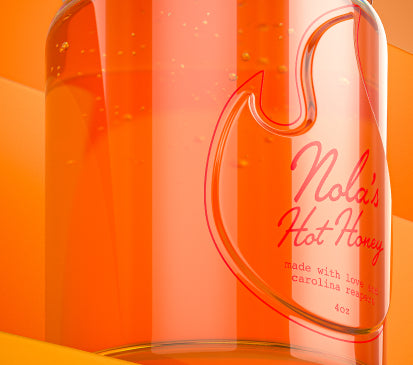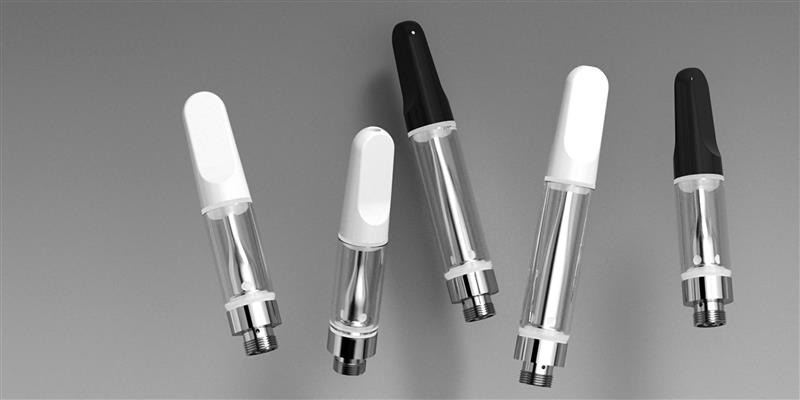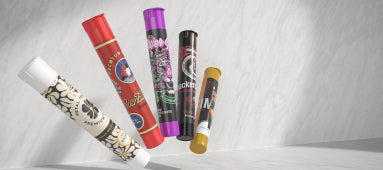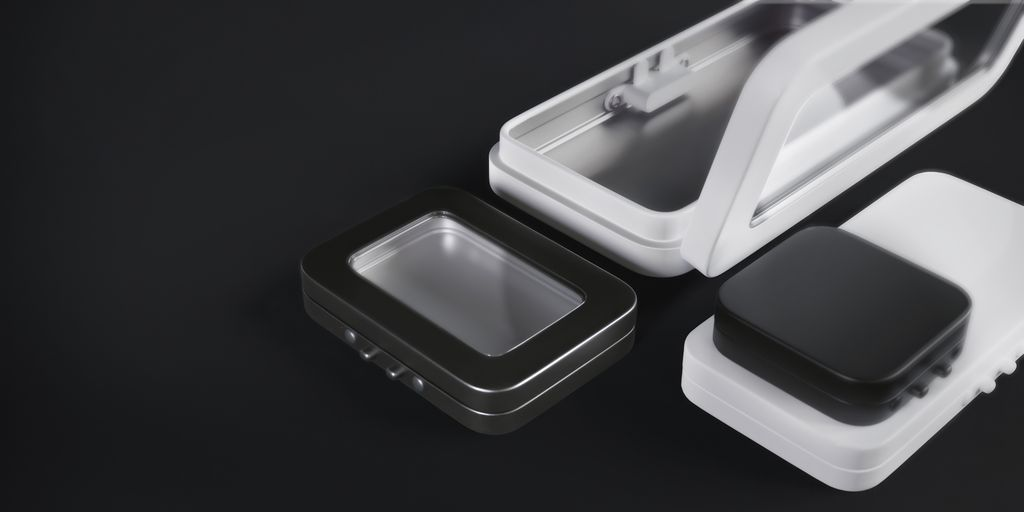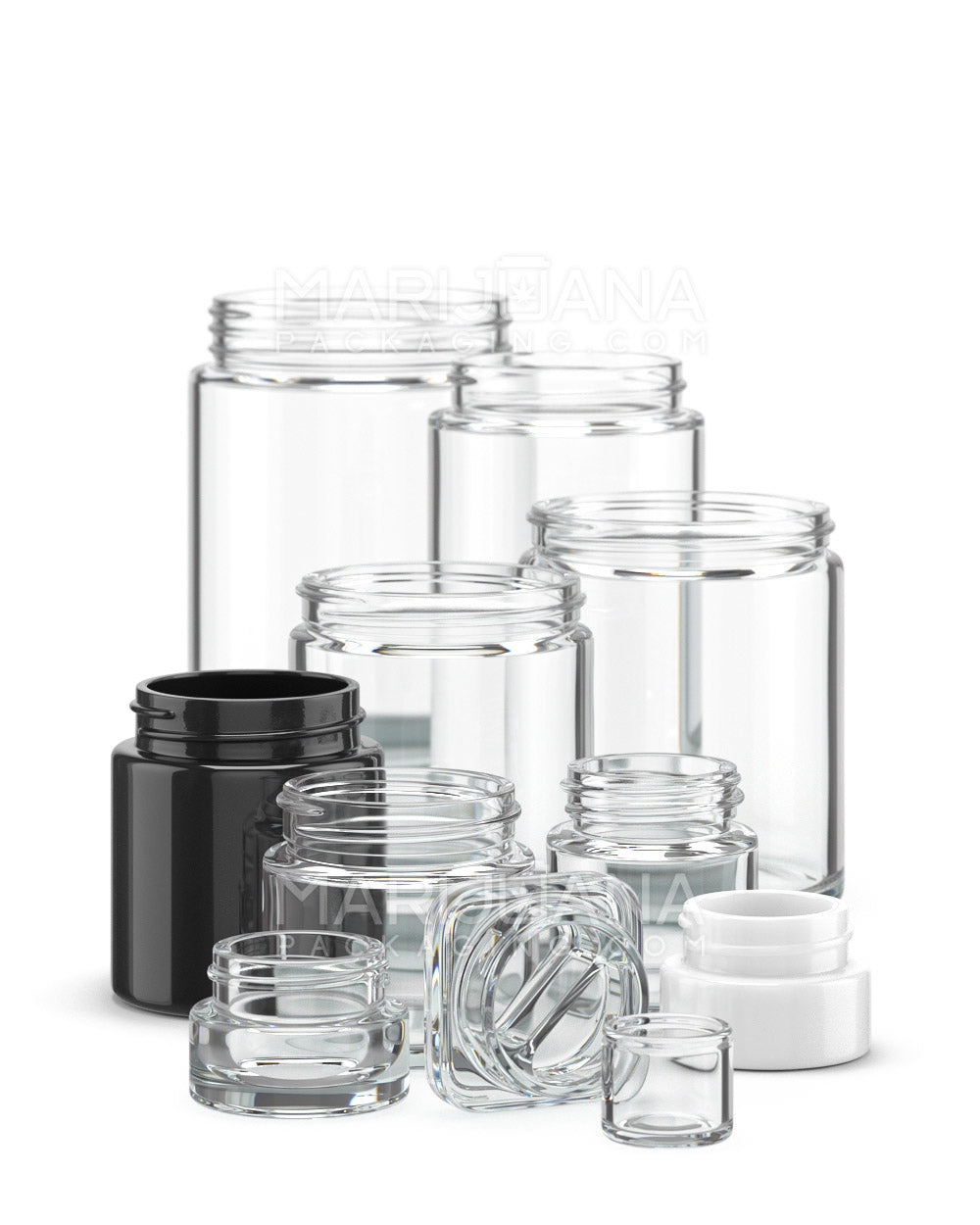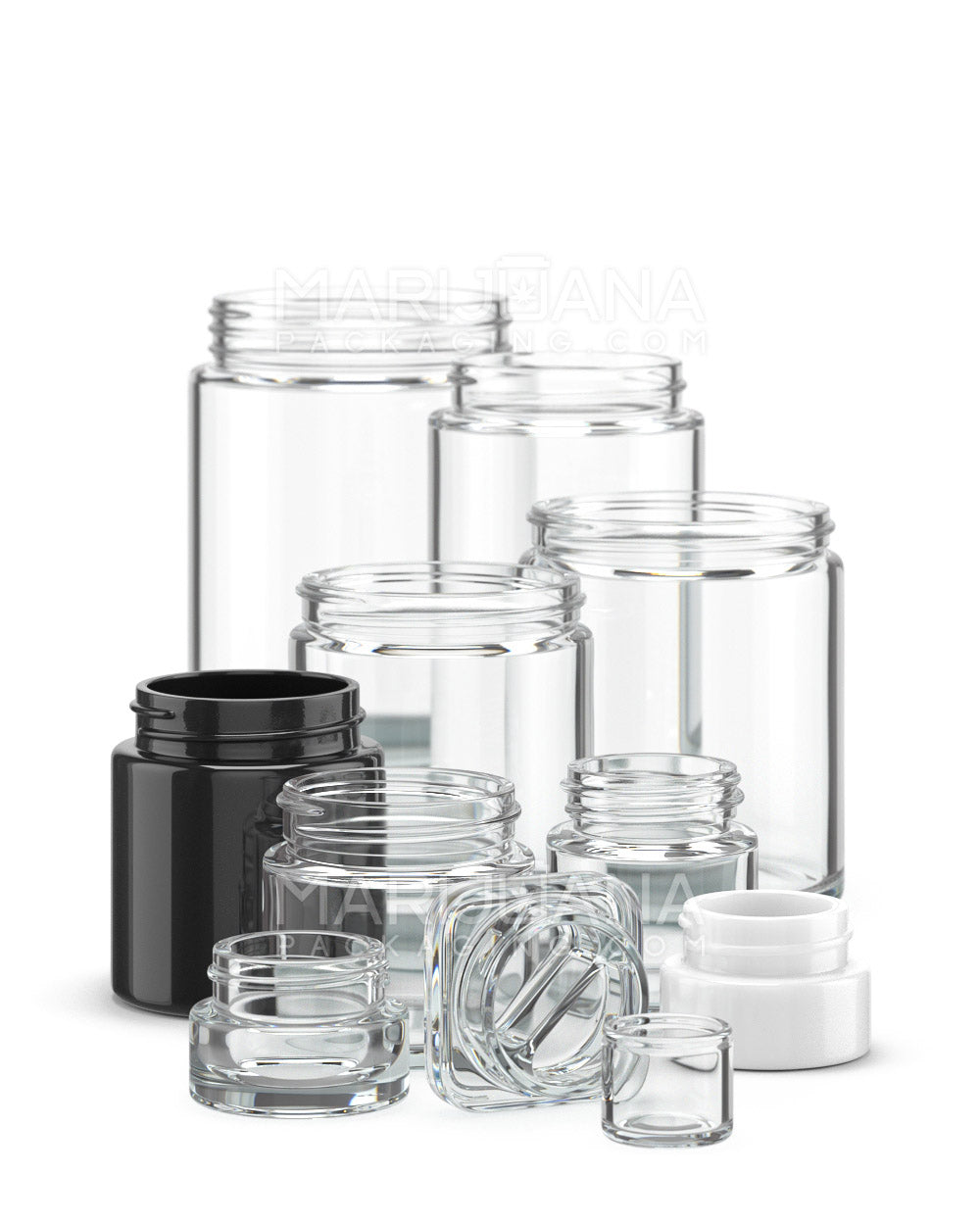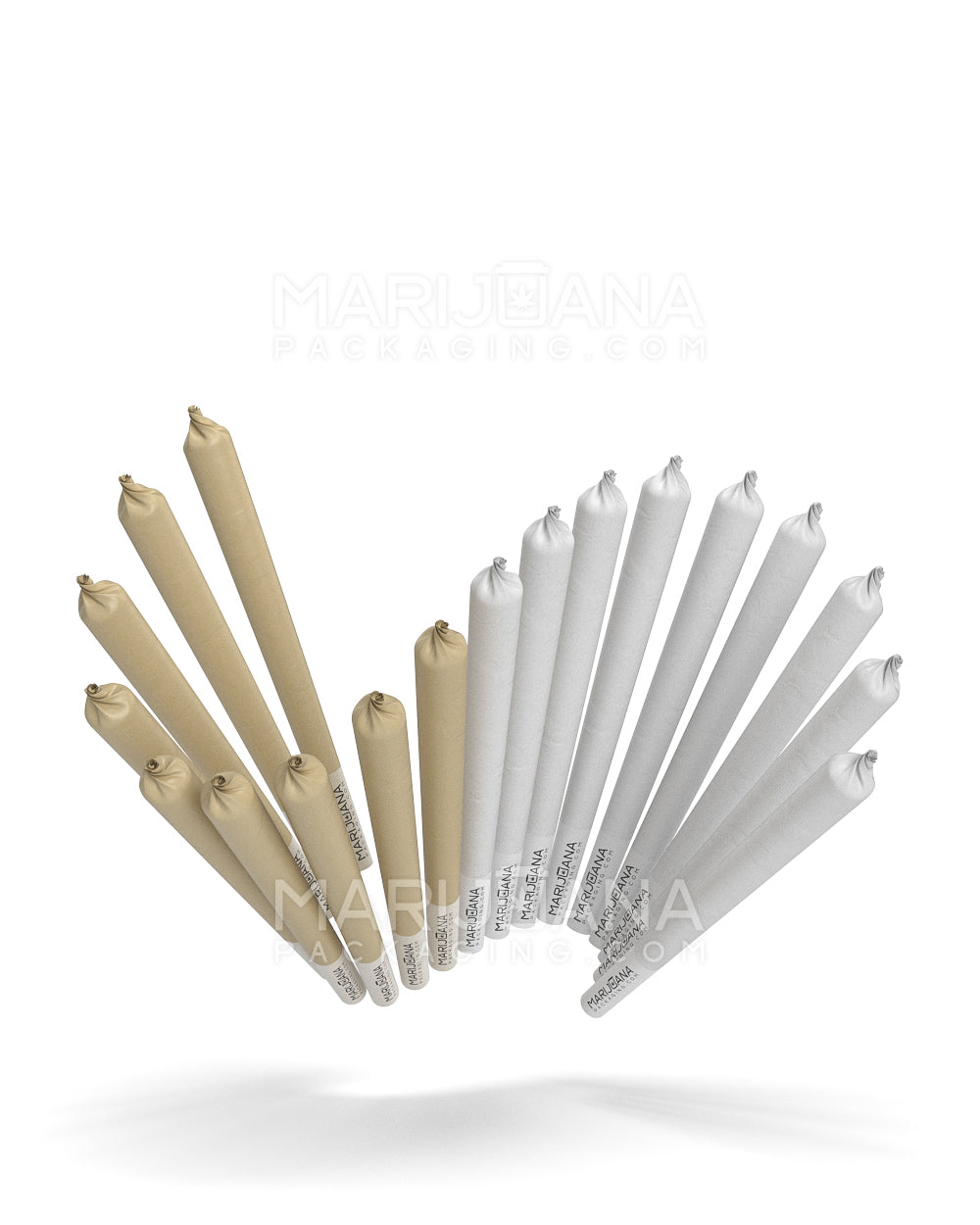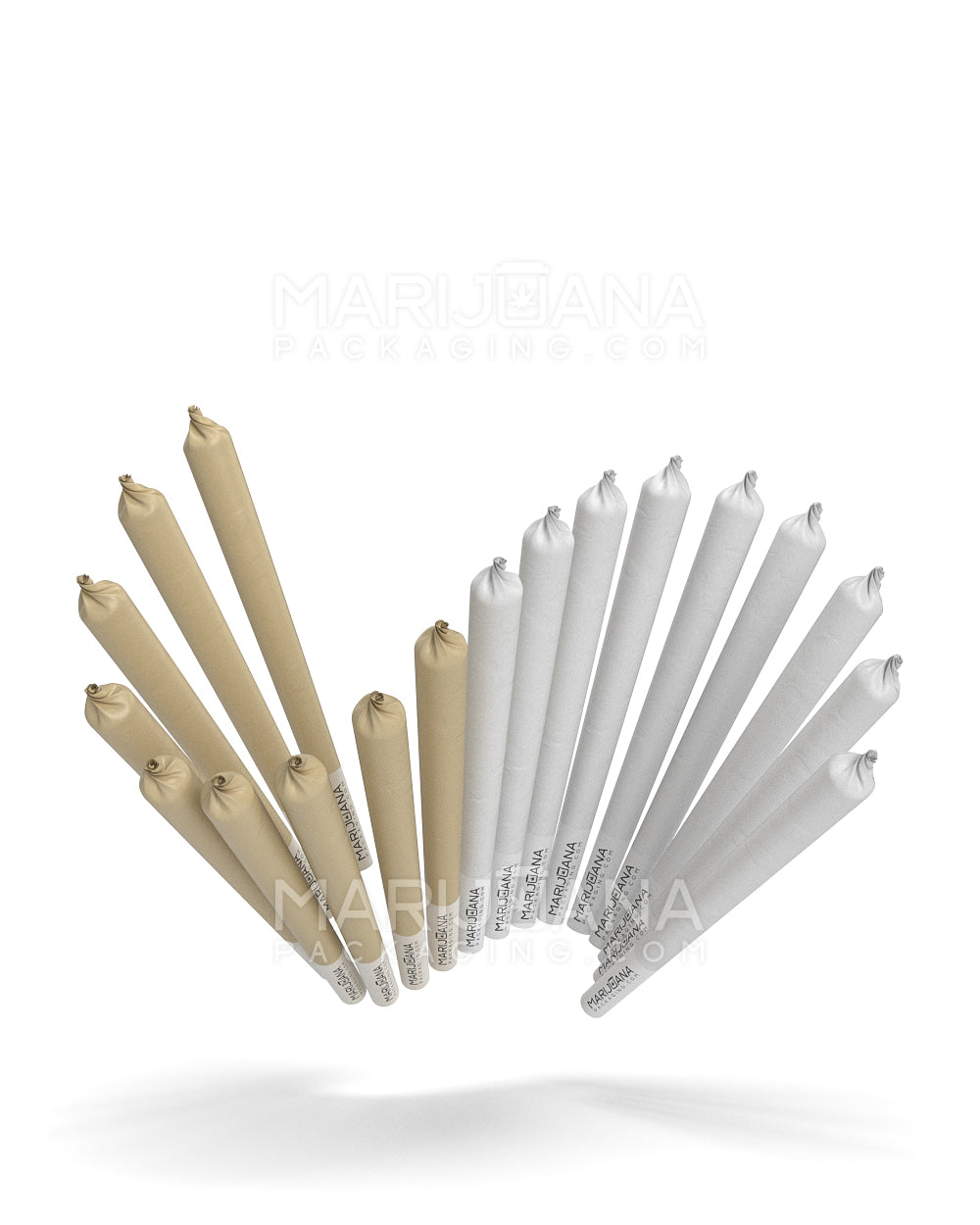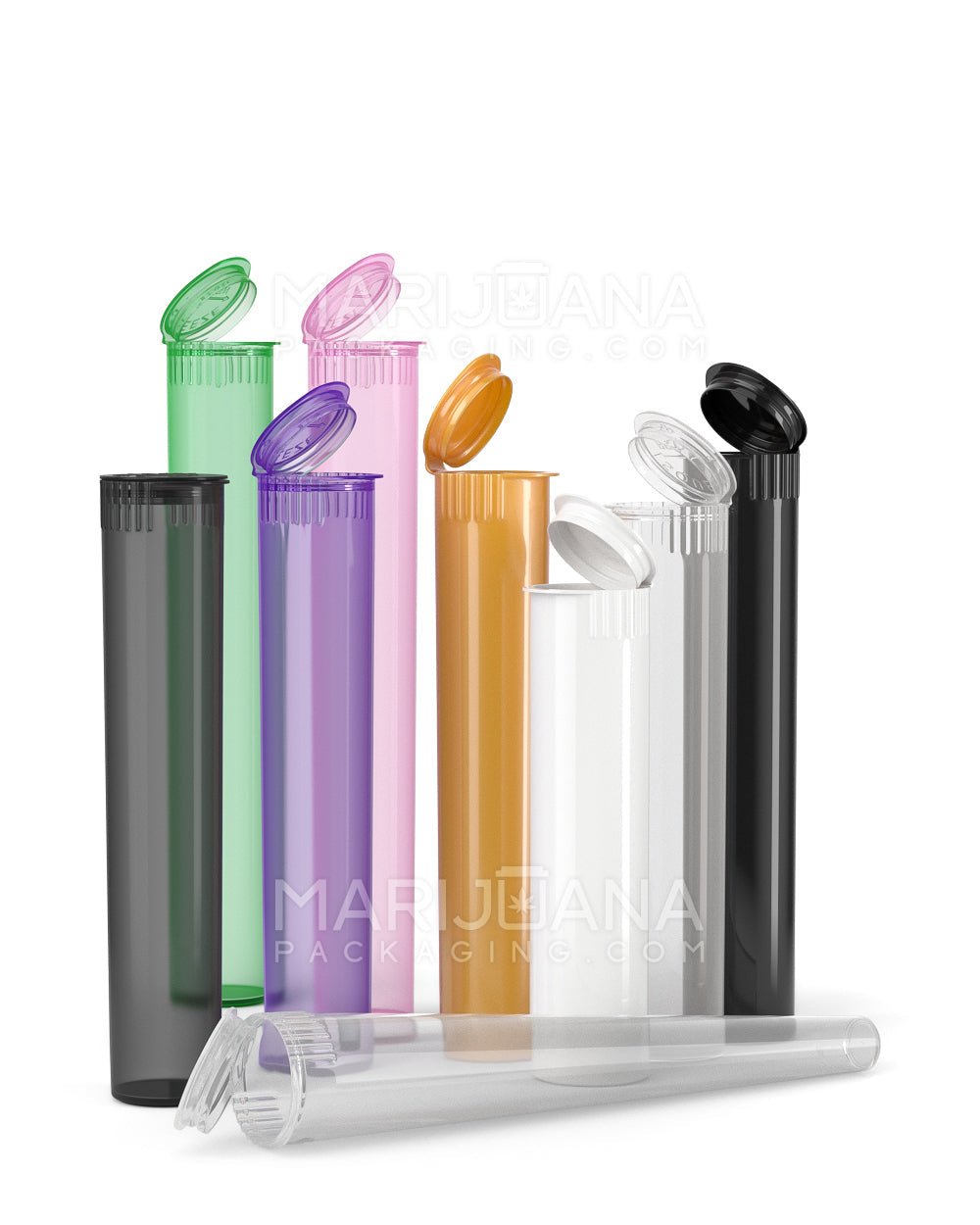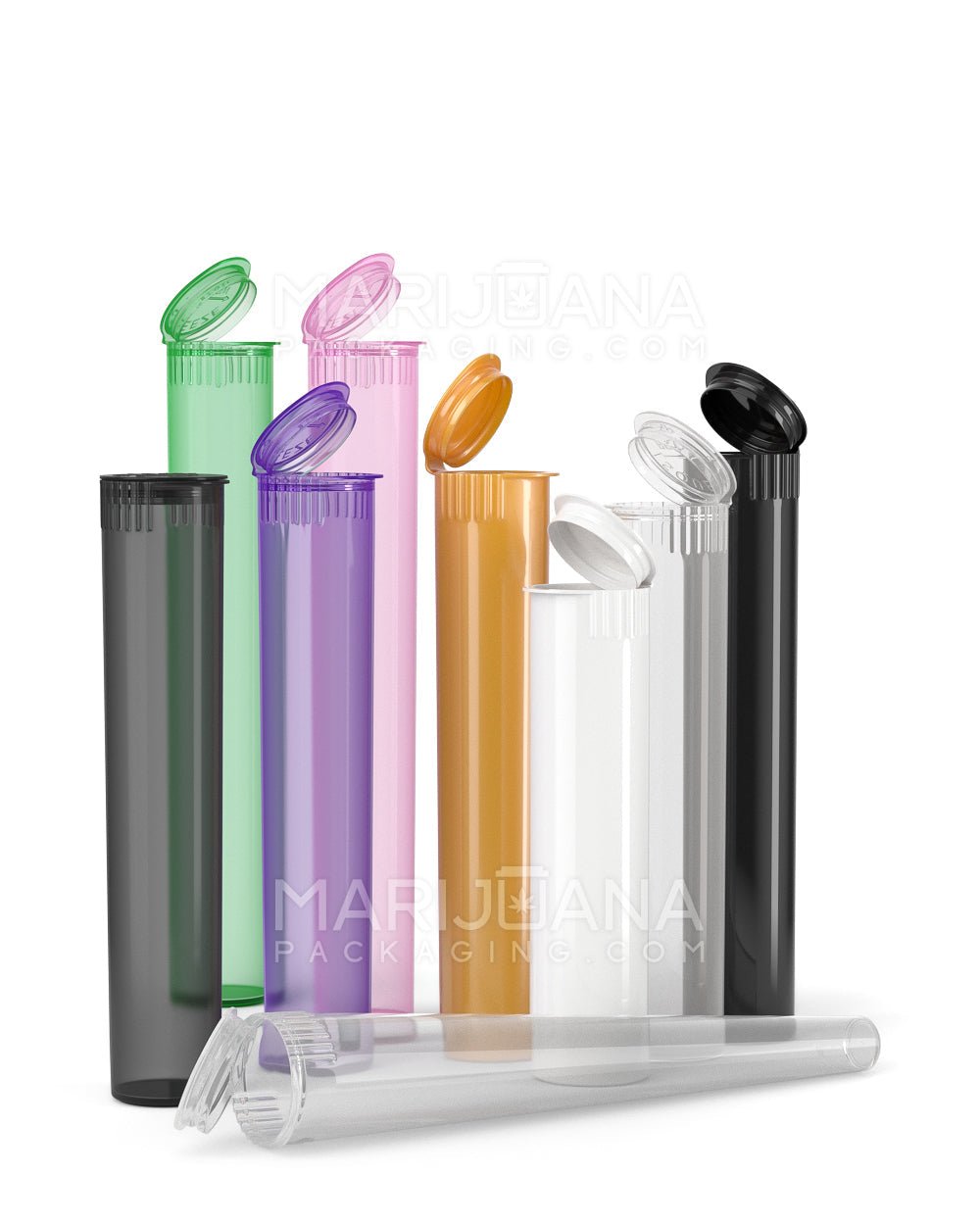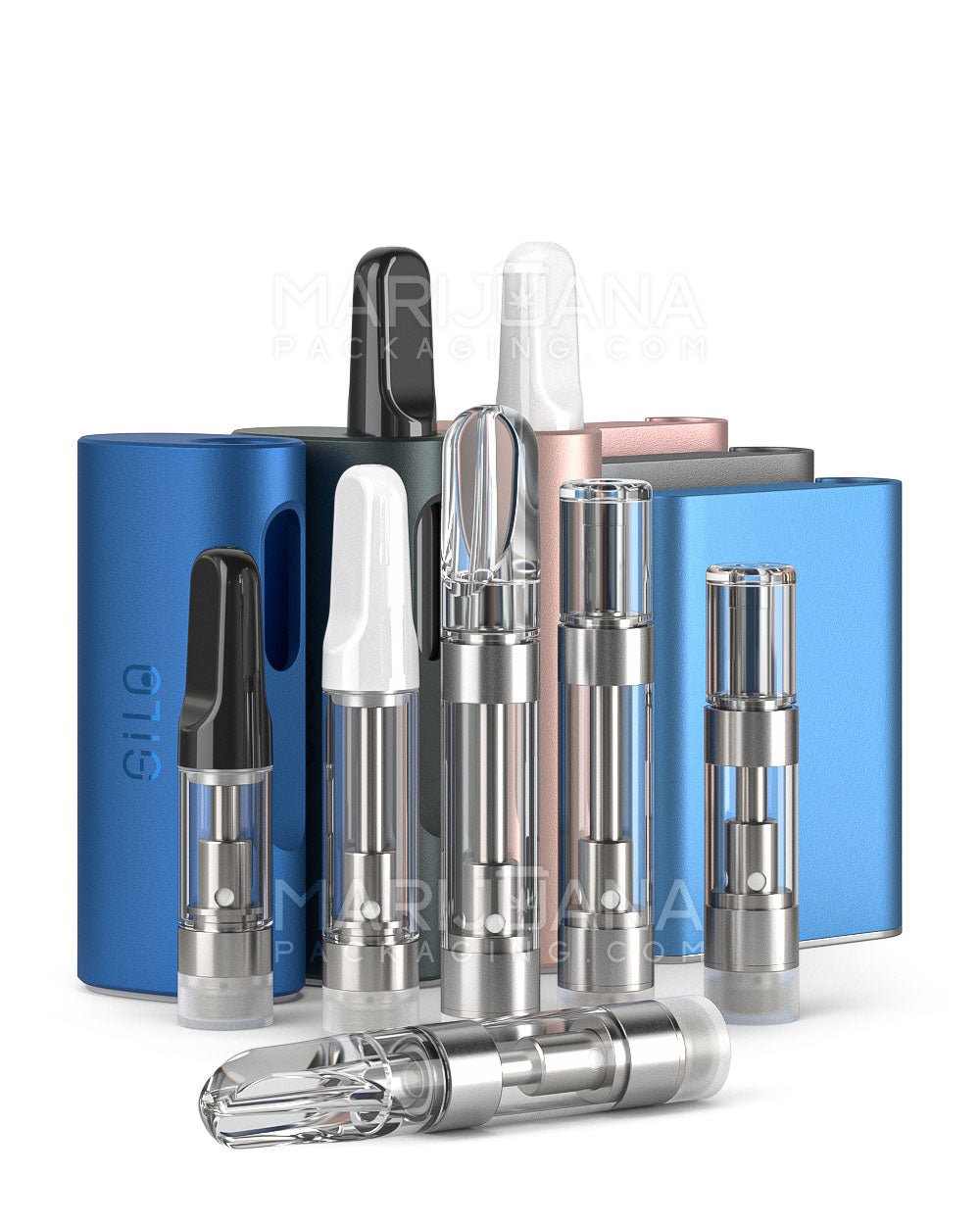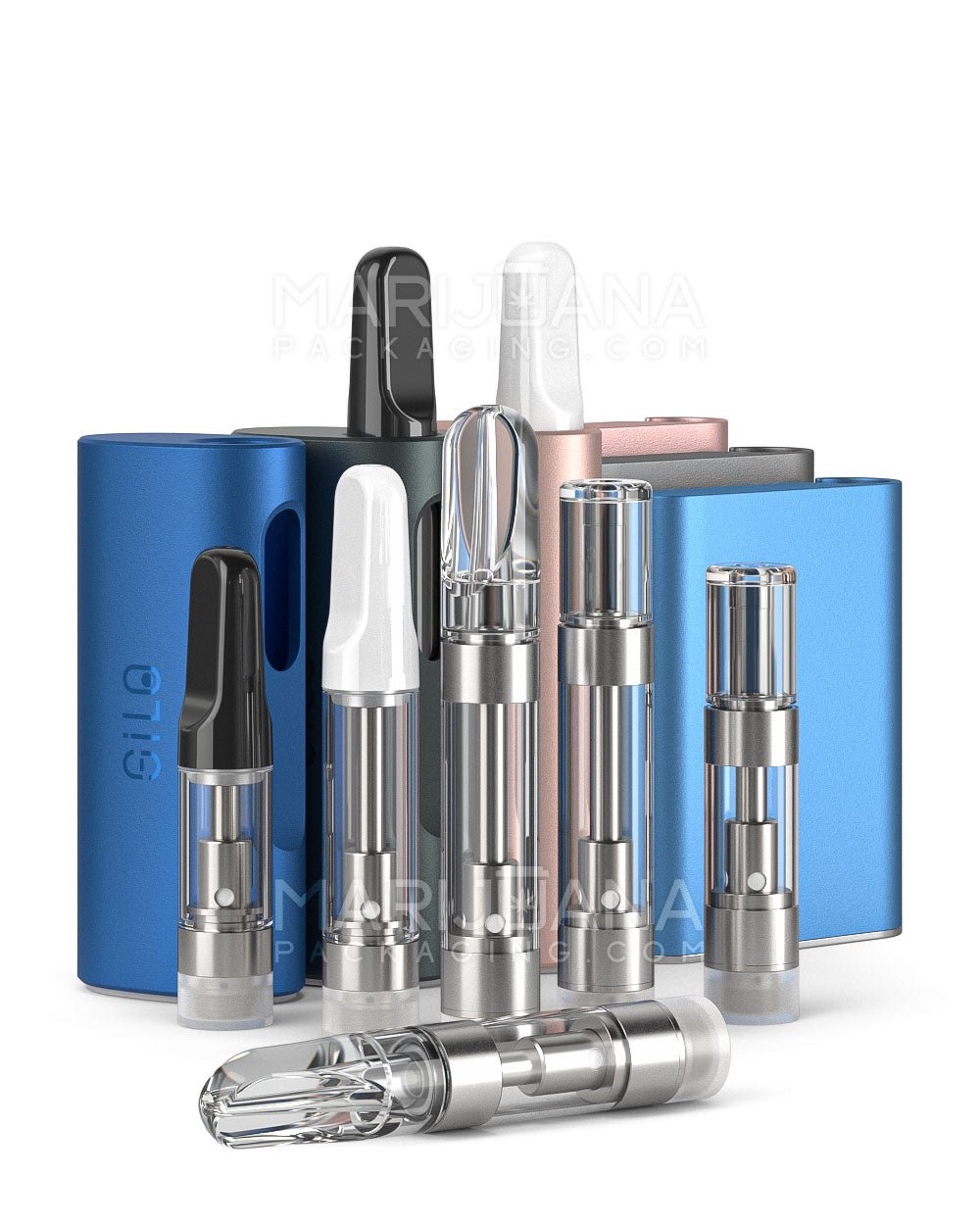Ever found yourself standing in a dispensary, staring at a menu, and wondering how much an ounce of marijuana might set you back? You're not alone. With varying factors influencing the price, it can feel a bit like trying to pin a tail on a moving donkey. But fret not—you're about to get a clearer picture of what goes into the cost of an ounce at a dispensary.
We'll cover everything from the types of strains and their impact on pricing to the role of location and taxes. Additionally, we'll discuss practical tips for purchasing and how to make informed choices that suit your budget and needs. So grab a comfy seat, and let's get started.
Factors Affecting the Price of an Ounce
The price of an ounce at a dispensary isn't a one-size-fits-all figure. Various factors come into play, each influencing the final cost. Understanding these can help you make more informed decisions when purchasing.
First off, the type of strain is a major player. High-demand strains, especially those with unique characteristics or celebrity endorsements, can command higher prices. Think of it like buying a rare bottle of wine versus a standard one. The rarity and demand drive up the cost.
Next, the quality of the product affects pricing. Premium strains grown with meticulous care, often labeled as "top-shelf," come with a heftier price tag. These strains are typically more potent and flavorful, offering a richer experience. On the flip side, budget or "bottom-shelf" options are more affordable but might lack the same potency or flavor profile.
Another significant factor is the location of the dispensary. States with higher taxes on cannabis products, like California, will naturally have higher prices. Conversely, states like Oregon with lower tax rates might offer more affordable options. Additionally, dispensaries in urban areas might have higher operating costs, which can reflect in their pricing.
Types of Marijuana Strains and Their Price Impact
Let's talk strains. If you've ever perused a dispensary menu, you know there are countless options, each with its own unique set of properties. These strains fall into three primary categories: Indica, Sativa, and hybrid. Each type can affect the price differently.
Indica strains are often associated with relaxation and are popular for evening use. They tend to have higher levels of CBD. Because of their calming effects, they're a hit among those seeking relief from stress or insomnia, which can sometimes drive up their cost.
Sativa strains, on the other hand, are known for their energizing effects. With higher THC levels, they're favored for daytime use. Strains high in THC can be more expensive, especially if they're in demand for their uplifting effects.
Hybrids are a mix of both Indica and Sativa. Their pricing can vary widely depending on the dominant strain and the effects they produce. The more balanced or unique a hybrid is, the more it might cost.
Each strain has its own set of fans, and demand can fluctuate based on trends, availability, and even seasonal preferences. It's worth noting that boutique or artisanal strains that are carefully cultivated for specific effects or flavors can also fetch a higher price.
The Role of Location and Taxes
Where you buy your marijuana can significantly impact how much you pay. Different states have different tax structures for cannabis, and these taxes can add up quickly.
For instance, California has a relatively high tax rate on cannabis products. This includes a cultivation tax, a sales tax, and additional local taxes. All these add to the cost, making an ounce more expensive than in states with lower tax rates.
Oregon, on the other hand, has lower taxes on cannabis, often resulting in cheaper prices. This is why some people living near state lines might cross over to shop where it's more affordable.
Dispensary location also matters within a state. Urban dispensaries might have higher overhead costs—think rent and utilities in a bustling city—which can lead to pricier products. Meanwhile, dispensaries in rural or less populated areas might offer more competitive pricing.
Understanding Quality Grades
Dispensaries often categorize their products into different quality grades, which can influence the price of an ounce. Understanding these categories can help you decide what's best for your needs and budget.
- Top-Shelf: These are the premium products. Expect higher prices due to superior growing conditions, potency, and flavor profiles. They're the cream of the crop, offering a more refined experience.
- Mid-Shelf: A middle-ground option. These products offer good quality at a more affordable price than top-shelf options. They’re a great choice for those who want quality without breaking the bank.
- Bottom-Shelf: Also known as "budget" or "value" products. These are the most affordable options. While they might not have the same potency or flavor as higher-grade products, they can still provide a satisfactory experience for the price-conscious consumer.
Choosing between these grades often boils down to what you're looking for in your cannabis experience and how much you're willing to spend for it.
How to Make the Most of Your Purchase
Getting the best value for your money when buying an ounce isn't just about finding the lowest price—it's about finding the right product for your needs. Here are some tips to help you make informed decisions:
- Know Your Needs: Are you looking for a relaxing evening strain or something to energize your day? Understanding what you want will guide your purchase.
- Do Your Research: Check out reviews and ratings of strains and dispensaries online. This can give you insights into quality and pricing before you even set foot in a store.
- Ask Questions: Don’t hesitate to ask the budtender for advice. They're usually knowledgeable and can help you find the best option for your preferences and budget.
- Look for Deals: Many dispensaries offer discounts for first-time customers, veterans, or during special promotions. Keep an eye out for these to maximize your savings.
Remember, the goal is to find a product that fits your needs without overspending. It's all about balance.
Legal Considerations When Purchasing an Ounce
When buying marijuana, it's crucial to stay within legal limits and regulations. While the federal law still classifies marijuana as illegal, many states have legalized it for recreational or medical use. Each state has its own set of rules regarding how much you can purchase and possess.
For example, in California, recreational users can purchase up to one ounce of cannabis flower per day. However, medical users may be entitled to more. Other states might have different limits, so it's essential to know the laws in your area.
Additionally, always purchase from licensed dispensaries. This ensures that the product has been tested for quality and safety. Buying from illegal sources not only poses health risks but can also get you into legal trouble.
Packaging and Presentation
The way marijuana is packaged can also affect its price. Premium packaging can enhance the perception of quality, much like how a beautifully wrapped gift feels more special. Dispensaries often invest in attractive packaging to make their products stand out.
Packaging isn't just about looks, though. It plays a crucial role in preserving the product's freshness and potency. Quality packaging will protect the cannabis from light, air, and moisture, all of which can degrade the product over time.
When considering the price of an ounce, think about the packaging. Is it resealable? Does it provide information about the strain and its effects? These factors, while seemingly minor, contribute to the overall value of your purchase.
Trends in the Cannabis Market
The cannabis market is constantly evolving, with trends impacting pricing and availability. Understanding these trends can give you a leg up when shopping for an ounce.
For instance, the rise of organic and sustainably grown cannabis is gaining popularity. Consumers are becoming more conscious of environmental impacts, and brands that prioritize eco-friendly practices can charge a premium for their products.
Additionally, there’s a growing interest in cannabidiol (CBD) products. While CBD doesn't offer the same psychoactive effects as THC, its potential health benefits make it a popular choice. As demand grows, so does the variety of CBD strains and products available, which can influence pricing.
Staying informed about market trends can help you make better purchasing decisions and find products that align with your values and preferences.
Final Thoughts
Navigating the world of cannabis pricing can seem daunting at first, but understanding the factors that influence the cost of an ounce can empower you to make informed decisions. From strain types and quality grades to location and tax implications, each aspect plays a part in determining what you'll pay at the dispensary.
If you're in the business of selling cannabis or simply want to present your products in the best light, consider utilizing the expertise of Gamut. With over a decade of experience in packaging for consumer goods, Gamut offers a wide range of packaging solutions to make your brand unforgettable. Whether you're looking for stock options or custom designs, Gamut has you covered from design to delivery, ensuring your products stand out in any market.
